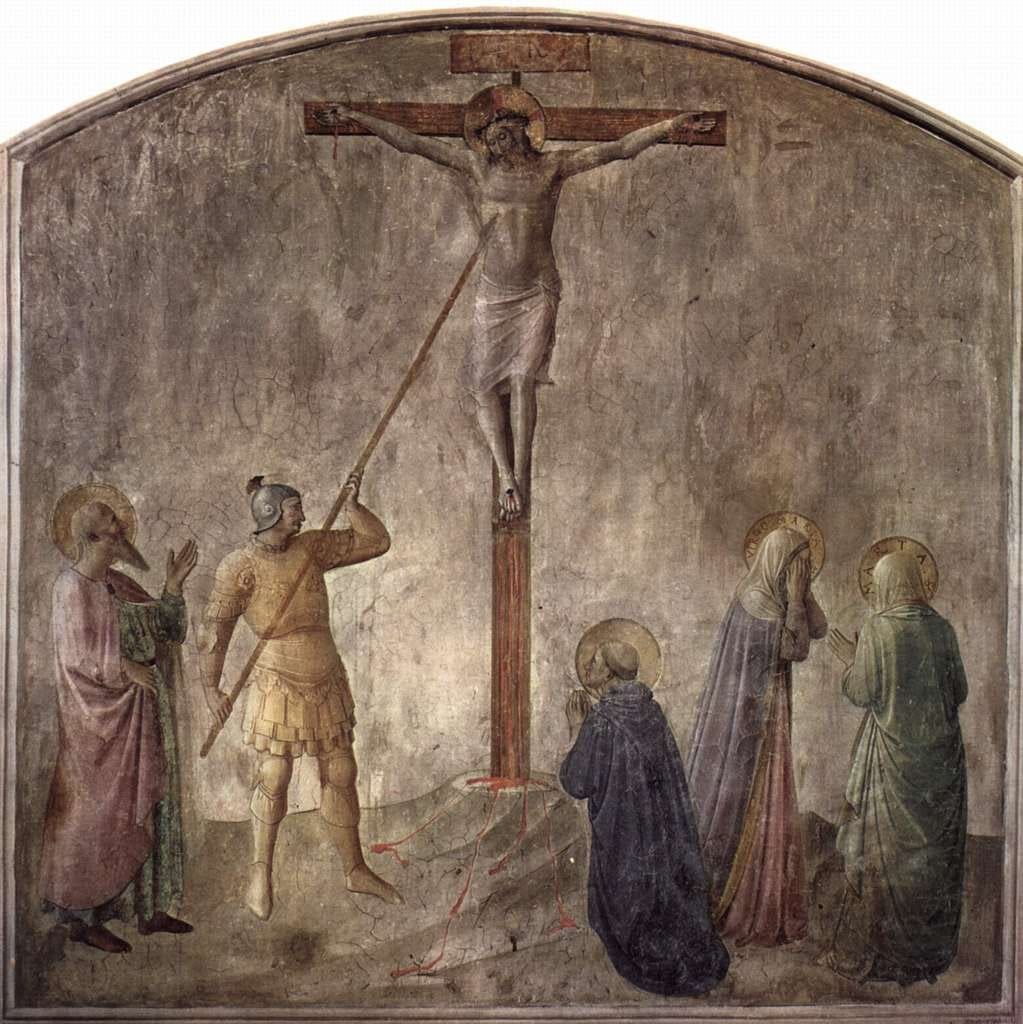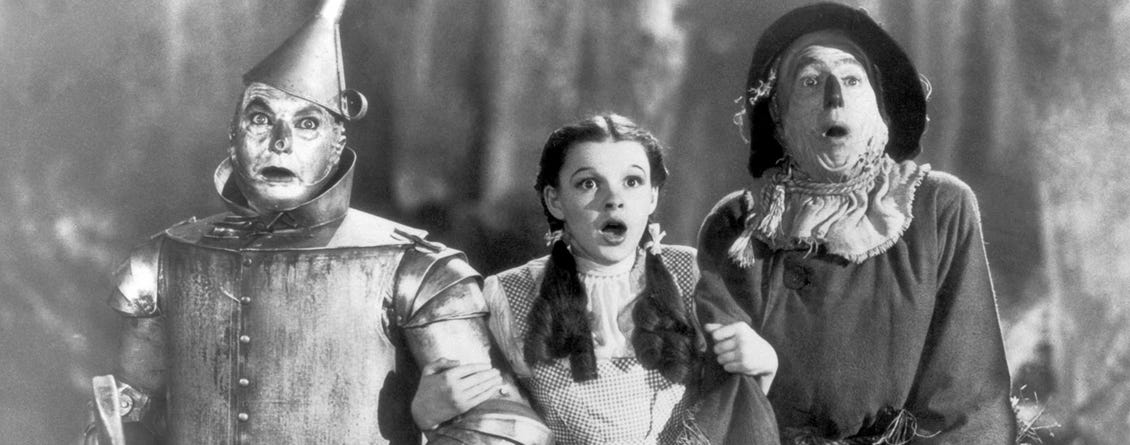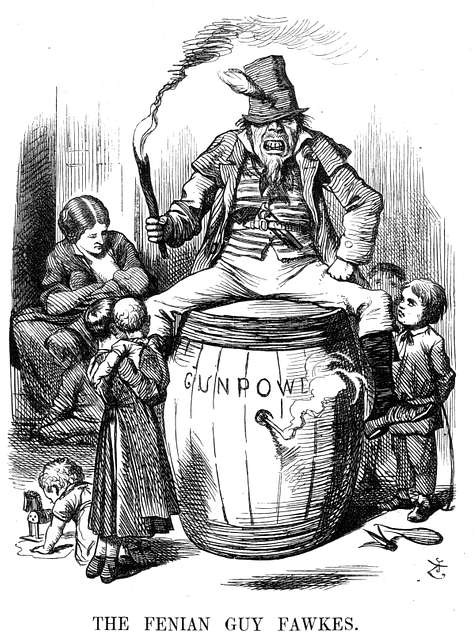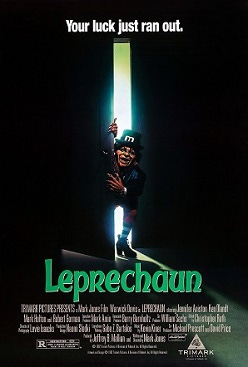American Gothic: Are You Scared by My Dark Lips & Crucifix?
Halloween Special on the anti-Catholic origins of Gothic horror
Your requests are in the queue, but with Halloween falling on a Tuesday, how could I resist a special? If anyone has requests for topics, by all means, check out my drafts list and join in with the comments section at What Substacks Should I Write Next?
Be sure to scroll to the Writer’s Digestive at the end of this post for the best resources I’ve collected this week for writers of all stripes.
If you liked this post, please let me know in the comments. Any feedback is very valuable to me and keeps me going!
I was planning to dress my most goth and take a selfie to grace this article’s page, but when I woke up Monday morning, my head felt like it was stuffed with cotton balls. I opened my mouth to complain, but behold, all I could utter was a croak. Because I currently look and feel like a corpse, I won’t entice Death further by dressing for my funeral. Instead, picture me in sweatpants and a turtleneck, surrounded by mountains of used tissues, as I use my last vestiges of remaining strength to press down the keys of my MacBook Air.
And if I perish this week, know that the prospect of flying up to meet my Maker only strengthened my resolve to fulfill my promise of a weekly post. On my tombstone, please engrave: She may not have written for the Times, but what readership she had, she loved deeply.
But onto the topic of the day:
Creepy Catholics
Did you know America used to fear Catholics?
I mean, gotta admit, even I’m a little creeped out by the chanting and stigmata. Perhaps I’m influenced by a subliminal current of continuing anti-Catholicism.
Relics of Catholic-phobia walk our streets. Passing a goth girl on the corner, you can’t help but wonder why she’s wearing a cross around her neck. If she’s been educated on Roman methods of execution, she has good reason. What, after all, is more metal than wearing an ancient instrument of torture about one’s neck? The cross is up there with the Iron Maiden (a metal band) and the Judas Cradle (also a metal band). According to this article by the Guardian,
“Seven-inch nails would be driven through the wrists so that the bones there could support the body's weight. The nail would sever the median nerve, which not only caused immense pain but would have paralysed the victim's hands. The feet were nailed to the upright part of the crucifix, so that the knees were bent at around 45 degrees. To speed death, executioners would often break the legs of their victims to give no chance of using their thigh muscles as support … Once the legs gave out, the weight would be transferred to the arms, gradually dragging the shoulders from their sockets … The victim would have no choice but to bear his weight on his chest. He would immediately have trouble breathing as the weight caused the rib cage to lift up and force him into an almost perpetual state of inhalation.”

But she’s probably not wearing it for those reasons, especially if it’s a crucifix. Unlike Protestants, who wear empty crosses to symbolize Christ’s triumph over death, Catholics like to walk casually about with Christ’s beaten, bloodied form still hanging there. Metal, right? They’re also famous for their lecherous monks, foreboding cathedrals, messy exorcisms, and The Spanish Inquisition.
Our goth girl probably hasn’t been educated in Roman execution methods, but she has a sense that these religious tropes in her playlist are edgy, and that they will enhance her countercultural aura.
From whence cometh this sense? Well, if we were on a scavenger hunt for creepy Catholic things, where would the winner go?
Straight to horror.
This genre, specifically gothic horror, is rife with Catholic-phobia, and it informs our sense of terror to this day.
Take Edgar Allan Poe (1809-1859), beginning with the most obvious of his stories: The Pit and The Pendulum. It’s one of my favorites. I’m not going to spoil it, but it checks a few items on our creepy Catholic list:
The Spanish Inquisition
a dank dungeon
Next, The Cask of Amontillado.
Italy
catacombs
Ecclesiastical Latin
alcohol (The temperance movement, strong in America during Poe’s time, was largely Protestant; Catholics were stereotyped as drunken and Irish.)
In The Fall of The House of Usher, the protagonist finds creepy Catholic books in Usher’s library:
One favorite volume was a small octavo edition of the Directorium Inquisitorium , by the Dominican Eymeric de Gironne; and there were passages in Pomponius Mela, about the old African Satyrs and œgipans, over which Usher would sit dreaming for hours. His chief delight, however, was found in the perusal of an exceedingly rare and curious book in quarto Gothic — the manual of a forgotten church — the Vigiliae Mortuorum secundum Chorum Ecclesiae Maguntinae.
I could continue the scavenger hunt through Poe, but this isn’t a dissertation. If you need more convincing, check out Anti-Catholicism and the Gothic Imaginary: The Historical and Literary Contexts.
Bottom line: According to American gothic lit, Catholics are creepy.
The Origins of The Creepy Catholic
But why would a largely Christian nation be frightened by, well, more Christians? The story begins at the origin of another American holiday—Thanksgiving.
The WASPs (White Anglo-Saxon Protestants) were the first to set foot in America. Every American knows the hallowed tale of the Nina, the Pinta—oh whoops, sorry, wrong boat—the Mayflower. At the time, the only WASPs onshore were just poor immigrants fleeing persecution for their religious beliefs. But things soon changed.
They dumped the Pope to worship God,
then bought some slaves to work the sod.
As these people learned to survive and thrive in the New World, gaining power and wealth, many of them became hypocrites, affirming the Christian beliefs of their ancestors in human equality and virtuous living, even as they beat their slaves. They got used to calling the shots, to nobody calling them out on their BS.
You can imagine how angry they were when the abolitionists demanded that they consistently apply their beliefs about the equality of men. Not only did the Civil War rob the whites of free labor, but the Africans were allowed to vote! Meanwhile, boat after boat was landing at Ellis Island, full of hopeful innocents, who had heard that America was the only country in the world where everybody was equal, and nobody would be persecuted for their looks, language, or beliefs. The voter base was being rapidly overrun with people who looked, sounded, and acted very different from the establishment WASPs.
The Irish and the Italians drew particular ire. Those two nationalities were also overwhelmingly Catholic. According to The Library of Congress, 4.5 million Irish arrived in America between 1820 and 1930. From 1880 until 1900, more than two million Italians arrived.
During this period, the WASPs felt increasingly threatened. Though the KKK is most known for its horrible crimes against black Americans, it also targeted immigrants of all races, hoping to terrify them into silence and dissuade their brothers from pursuing life in “The Land of The Free.” Timothy Kelly (what an Irish-Catholic name!) writes in his review of Linda Gordon’s THE SECOND COMING OF THE KKK: THE KU KLUX KLAN OF THE 1920S AND THE AMERICAN POLITICAL TRADITION:
Though it is impossible to reach firm conclusions about who joined or supported the KKK, many historians suggest that the message appealed most to white, Protestant, small-business operators and middle-class professionals who worried that they faced great risk from immigrants, African-Americans, Catholics and Jews.
In this climate of fear, by the 1920’s, all of WASP America was chanting:
“Africans, Catholics, and Jews, oh my!”
“Africans, Catholics, and Jews, oh my!”
“Africans, Catholics, and Jews, OH MY!”
People didn’t like the newcomers, and they printed weird political cartoons portraying the Irish, for example, as dissipated leprechauns.
Somehow, all this fear of the Irish and Italians seeped into literature, resulting in all the beloved horror tropes we know today. I don’t have time and energy to flesh out the causality, so again, I’ll refer you to this article: Anti-Catholicism and the Gothic Imaginary: The Historical and Literary Contexts.
What creeps you out? And think about it … is it Catholic? Let me know in the comments. OOOH and also give me all your horror, ghost, and thriller recs for this season. Happy Halloween!
xo,
Amelia
Writer’s Digestive
The best videos, articles, and podcasts I’ve collected recently for writers of all stripes.
For Storytellers (Fic and Nonfic)
N.D. Wilson develops his philosophy of storytelling from a Christian perspective, but I think writers of all creeds can glean something valuable from his thoughts. His work fits the season. He is most famous for his secular, middle-grade fiction. The 100 Cupboards series features a witch who controls her henchmen by cutting off a man’s fingers and embedding them in the backs of the henchmen’s heads, manipulating them like puppets from afar. Freaky!
In this guest talk, he describes the parallels between fictional stories and the stories we live in real life, drawing out some good lessons for writing both on the page and on the ground.
Wilson alludes to this philosophy frequently in his main podcast, Stories Are Soul Food.
For Online Magazine Writers
This AI tool helps you to analyze your headline’s engagement factor. I’ve found it to be educational. It’s optimized for internet writing.
If you enjoy my writing, you can support me by upgrading to paid!









